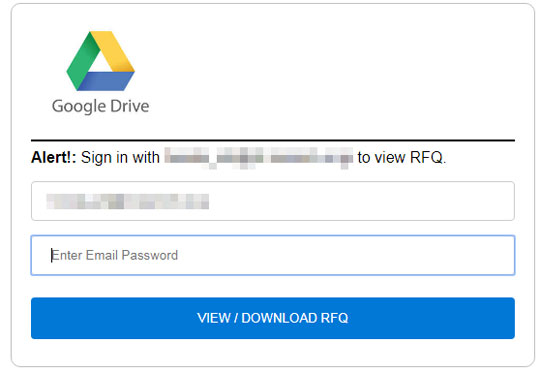Trojan.HTML.PHISH.TIAOOHKX
Phishing.HTML.Doc (Ikarus); HTML/Phishing.LT!tr (Fortinet)
Windows


Threat Type: Trojan
Destructiveness: No
Encrypted: No
In the wild: Yes
OVERVIEW
This Trojan arrives on a system as a file dropped by other malware or as a file downloaded unknowingly by users when visiting malicious sites.
However, as of this writing, the said sites are inaccessible.
TECHNICAL DETAILS
Arrival Details
This Trojan arrives on a system as a file dropped by other malware or as a file downloaded unknowingly by users when visiting malicious sites.
Other Details
This Trojan does the following:
- Shows the following to trick users in typing their password:

- Sends the gathered credentials to the following URL via HTTPS POST:
- https://{BLOCKED}mani.com/auto/share.php
However, as of this writing, the said sites are inaccessible.
SOLUTION
Step 1
Before doing any scans, Windows 7, Windows 8, Windows 8.1, and Windows 10 users must disable System Restore to allow full scanning of their computers.
Step 2
Scan your computer with your Trend Micro product to delete files detected as Trojan.HTML.PHISH.TIAOOHKX. If the detected files have already been cleaned, deleted, or quarantined by your Trend Micro product, no further step is required. You may opt to simply delete the quarantined files. Please check the following Trend Micro Support pages for more information:
Did this description help? Tell us how we did.
